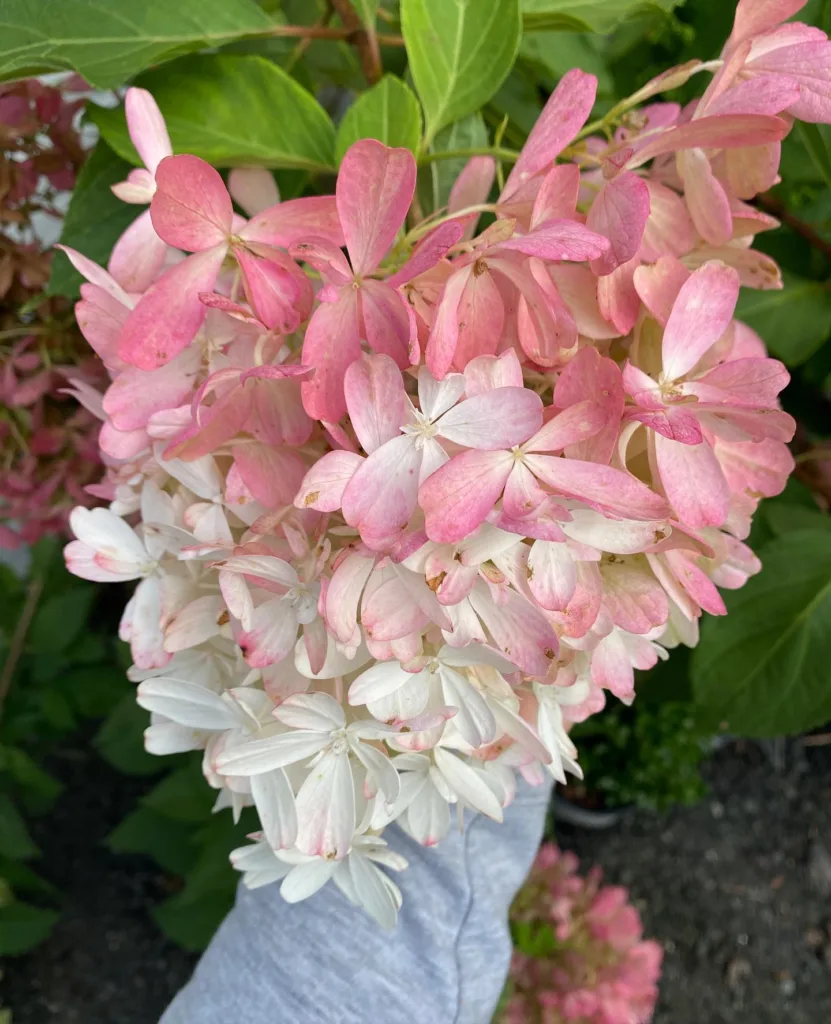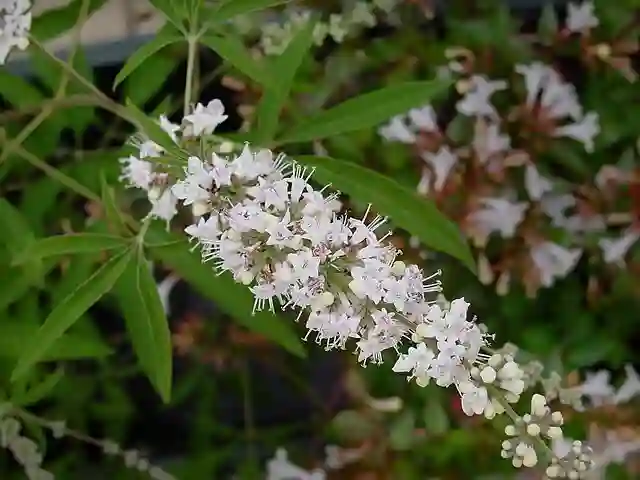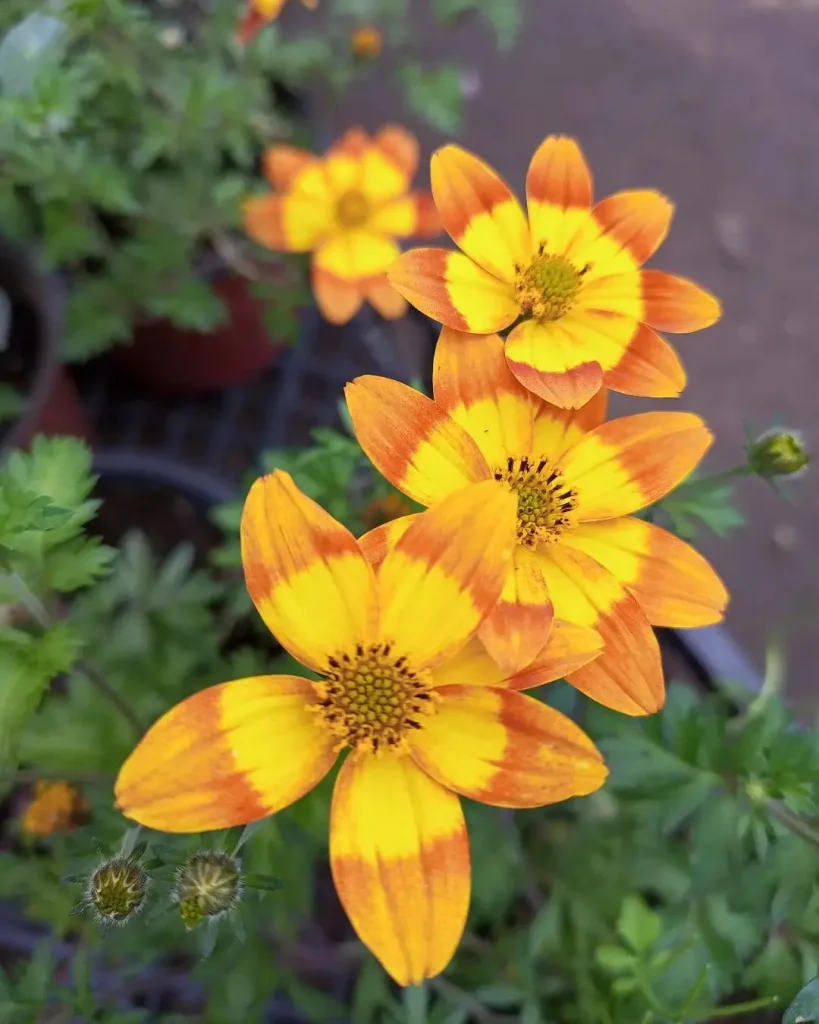
Are Blue Muffin Viburnum Berries Poisonous to Dogs?
I haven’t noticed any issues with my dogs interacting with the Blue Muffin Viburnum berries in our yard, but I always keep an eye on them when they’re exploring. My pups tend to sniff around everything, but they haven’t shown any interest in nibbling on the berries. Since I can’t be entirely sure about their safety, I err on the side of caution and discourage them from getting too close to the shrub’s berries, just in case.
206 Species in Genus Viburnum
Does Blue Muffin Viburnum Need a Pollinator?
I’ve found that my Blue Muffin Viburnum doesn’t need a pollinator to produce berries. It’s been quite a reliable bloomer and berry producer in my garden without the presence of another viburnum nearby. However, having multiple viburnums in the vicinity can potentially increase berry production through cross-pollination, which is something to consider if you’re aiming for a more abundant fruit set.
When to Prune Blue Muffin Viburnum?
Pruning my Blue Muffin Viburnum has become a springtime ritual for me. I’ve found that the best time to prune is right after it finishes flowering in the spring. This timing allows me to shape the shrub and remove any dead or damaged branches while still giving it plenty of time to recover and set buds for the following year’s blooms.
Are Blue Muffin Viburnum Berries Edible?
While I’ve read that the Blue Muffin Viburnum berries are technically edible for humans, they’re not particularly tasty. I’ve tried a few myself out of curiosity, and they have a somewhat bitter flavor with a slightly mealy texture. They’re definitely not something I’d go out of my way to snack on, but the birds seem to enjoy them, which adds to the shrub’s appeal in my garden.
Can Chickens Eat Blue Muffin Viburnum?
I don’t have chickens myself, but from what I’ve read and heard from other gardeners, chickens can safely eat Blue Muffin Viburnum berries in moderation. However, it’s essential to ensure that they have access to a balanced diet and that the berries are just a small part of their overall food intake.
Do Birds Like Blue Muffin Viburnum?
Birds absolutely love my Blue Muffin Viburnum, especially when it’s loaded with ripe berries. I’ve observed various bird species, including robins, cedar waxwings, and blue jays, feasting on the berries throughout the late summer and fall. It’s a joy to watch them flock to the shrub and enjoy nature’s bounty.
How Fast Does Blue Muffin Viburnum Grow?
My Blue Muffin Viburnum has shown moderate growth in my garden. It’s not the fastest-growing shrub, but it steadily puts on new growth each year. With proper care, including adequate watering, fertilizing, and occasional pruning, it fills out nicely and adds a lovely presence to my landscape.
How to Grow Blue Muffin Viburnum?
Growing Blue Muffin Viburnum in my garden has been a relatively straightforward process. I planted it in a location with well-draining soil and partial sun, and it has thrived with minimal care. Regular watering during dry spells and an occasional dose of fertilizer in the spring have kept it healthy and happy.
How to Prune Blue Muffin Viburnum?
Pruning my Blue Muffin Viburnum is a task I approach with care to maintain its natural shape and encourage optimal berry production. I focus on removing dead or crossing branches, as well as shaping the shrub to my desired form. I’ve found that pruning immediately after flowering in the spring helps prevent cutting off potential flower buds for the next season.
Is Blue Muffin Viburnum Evergreen?
My Blue Muffin Viburnum is deciduous rather than evergreen, meaning it loses its leaves in the winter. While this may leave a gap in the landscape during the colder months, I appreciate the seasonal changes it brings to my garden. In the spring, the fresh new growth emerges, and in the fall, the foliage turns a beautiful shade of burgundy before dropping for the winter.
What to Plant With Blue Muffin Viburnum?
I’ve found that Blue Muffin Viburnum pairs well with a variety of plants in my garden. I like to plant it alongside other shrubs with complementary colors and textures, such as spirea, hydrangea, and ornamental grasses. This creates a visually interesting and diverse landscape while providing habitat and food for wildlife throughout the year.
If i die, water my plants!



